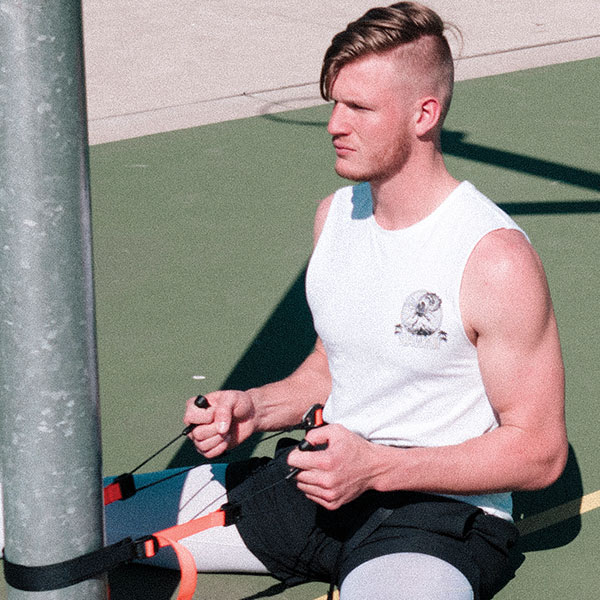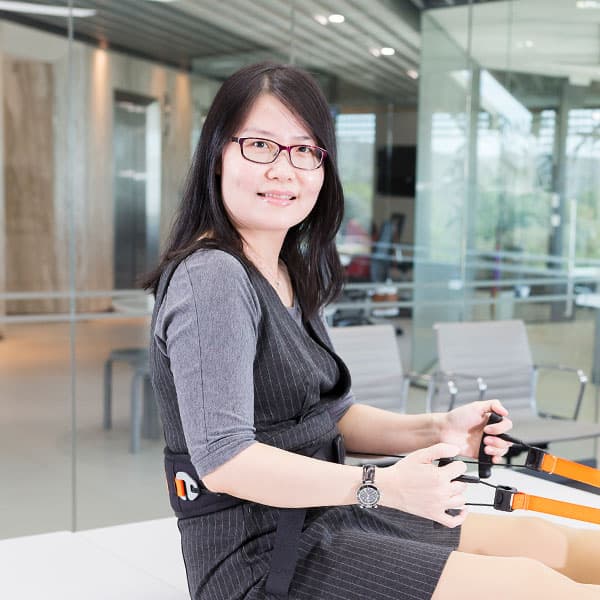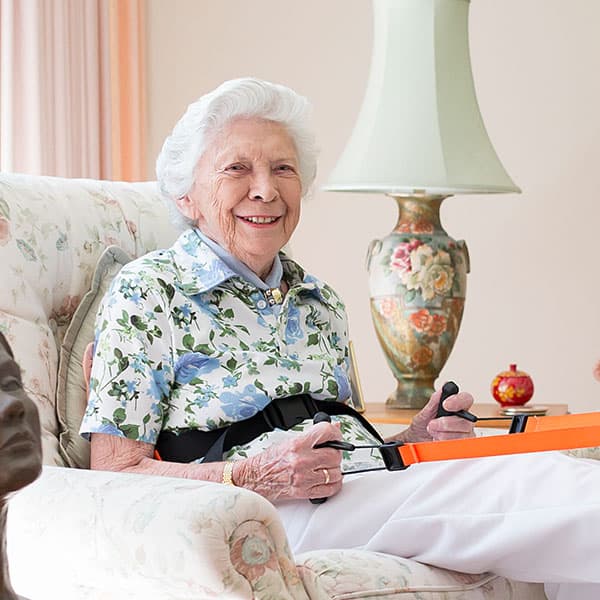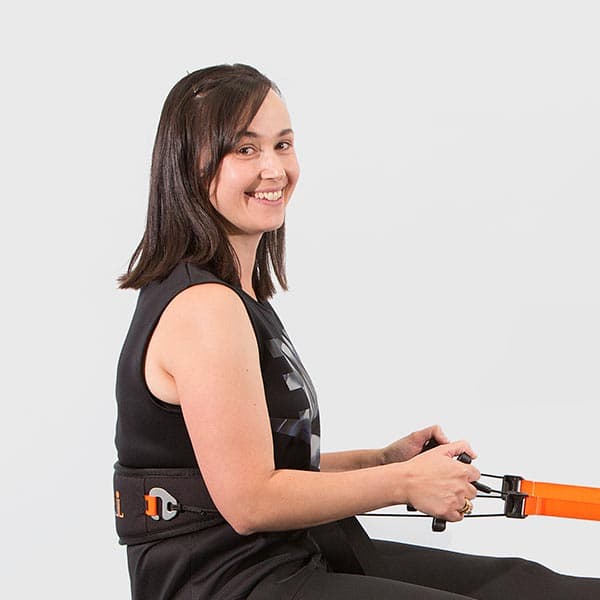Injury Prevention in the Workplace
If you can’t find five minutes to stretch each day, then your lifestyle isn’t flexible enough
Often it is assumed that lower back pain is primarily associated with manual handling based activities and not those individuals who primarily perform sedentary based activities. This is only part of the equation.
Sam’s Story
Lower Limber® helped Sam get from not even being able to walk to doing 180 kilo leg presses. Hear his story.
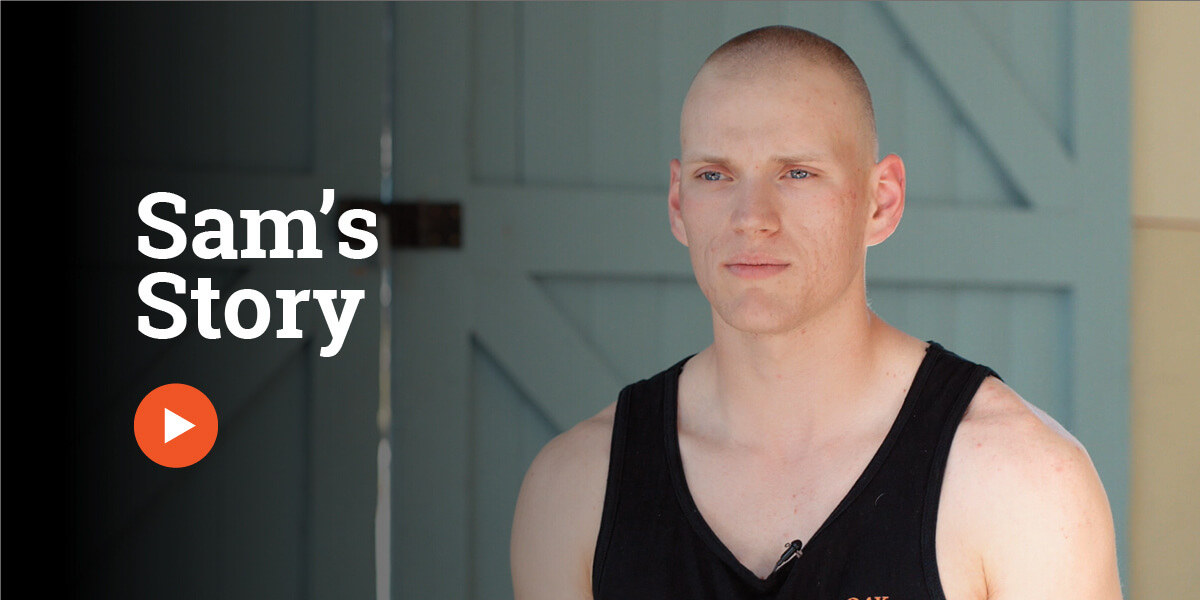
“Studies have shown non-specific low back pain (LBP) is one of the most common and expensive disorders affecting people in industrialised nations. It is estimated to affect 15-44 per cent of the general population in one year”
The Lower Limber® Sequential Stretching and Activation System makes you aware of your physical limitations while you perform some general stretching exercises. It does this by highlighting the interrelationships between all the major muscle groups of the legs and how these impact on the spine. This can prevent an injury from occurring by creating self-awareness, which underpins self-management practices.
How does the Lower Limber® system help you identify, prevent and manage yourself in the workplace? To get the full story read this letter from its creators.



Back Pain From Sitting at Desk
What Can You Do About Back Pain From Sitting at a Desk?
If you’re experiencing back pain from sitting at a desk, you aren’t alone. In fact, this might be one of the most common physical complaints expressed by office workers and other sedentary employees. After all, we were not built just for sitting, and long periods spent at the desk — say, for a 9 to 5 office job — can take a serious toll on our well-being. Globally, back pain is one of the most common physical complaints and a leading cause of disability. Although there are lifestyle changes you can make to alleviate this pain, it doesn’t change the fact that you might otherwise need a career shift to make a real difference.
At Lower Limber, we don’t think such compromises are acceptable — not when taking matters into your own hands with back flexibility stretches could help to equip your body for enduring the workday more effectively. Although exercise is not a cure for pain, it can strengthen the body’s muscles. To help everyone, from athletes to the aged to the bored knowledge worker, we created a system of easy-to-use stretching bands. Let’s explore why stretching is important and how our product can help.
What You Should Know When Your Back Hurts From Sitting At a Desk
Why does your back hurt so much when all you’ve done is sit at your desk and fiddle with spreadsheets all day? That’s a question many office workers ask themselves — and those who work from home might have started wondering about it, too. Here are the important things to know about this troublesome pain.
- The cause really is just sitting. Spending so much in a sedentary position increases the amount of pressure placed on your spine.
- Some people choose to rectify the issue by taking more frequent breaks or switching to a standing desk. For many people, however, these aren’t options that are available at work. That doesn’t mean you have to suffer, though.
- Like many physical ailments, one possible way to experience temporary or prolonged relief is to exercise more. By moving the body and spending less time sitting, you can create positive benefits for yourself.
The Potential Benefits of Engaging in Flexibility Activities
When you’re always feeling stiff and sore, loosening up the muscles and working on your flexibility can contribute to possibly reducing the discomfort you feel. Although you should always consult with your doctor, there are some basic flexibility activities you can undertake on your own. Why try them?
- Flexibility training through stretching with static tools such as the Lower Limber system could help you to develop better habits relating to posture by becoming more mindful of your body. This could contribute to a lessening of back pain.
- Reduce the risk of developing injuries. Flexibility work is good for the body, not just in terms of possibly reducing pain but also in keeping the body better. For athletes, that often means better endurance.
- Stretching is an excellent way to take a breather and move around, which on its own is already a positive step.
What Sets Lower Limber Apart Regarding Flexibility Tools?
When you decide that it would be a smart idea to invest in tools that will help you work on your flexibility, why should your first choice be the Lower Limber tools? When you consider what we’ve done to make our product stand out, we hope you’ll see why:
- It’s easy to use and simple to master, with a system designed for “everybody.” Young and old alike can enjoy using the Lower Limber system.
- The unique design works by letting your limbs and spine “communicate” through complementary movements. Learn more about how our band stretching works.
- We’ve planned out dozens of different stretches for you to try, with a colour-coded system that helps you pick the series of activities most aligned with your body’s requirements.
Our Tips for Effective Stretching
Once you’ve purchased the Lower Limber system, how can you make the most effective use of its properties? We’ve got a few tips to help you get started as you explore the best way to use the system for your particular concerns.
- Always start with a gentle warm-up. Don’t jump straight to the most intense stretches. Build your body up and let it respond to the exercise you’re doing first.
- Stretch often. The easiest way to get the most value out of Lower Limber is to start making it a part of your everyday routine. Because it takes only a few minutes to stretch out, it can be just like brushing your teeth — just another part of the day.
- Follow our in-depth guides on back stretches for flexibility, including helpful illustrations to show you how to position your body for optimum stretching.
About Lower Limber
Lower Limber is an Australian-owned business dedicated to the manufacturing and selling our Sequential Stretching and Activation System. Designed to aid everyone, from those trying to avoid injuries during athletic training to the elderly who want to maintain their mobility, Lower Limber offers an excellent and cost-effective way to engage in effective stretching virtually anywhere and anytime. Combined with appropriate lifestyle changes and other physical activity, it could help you to strengthen your body and minimise injury risks.
Explore some testimonials about the system, or contact us for help with questions you may have.



